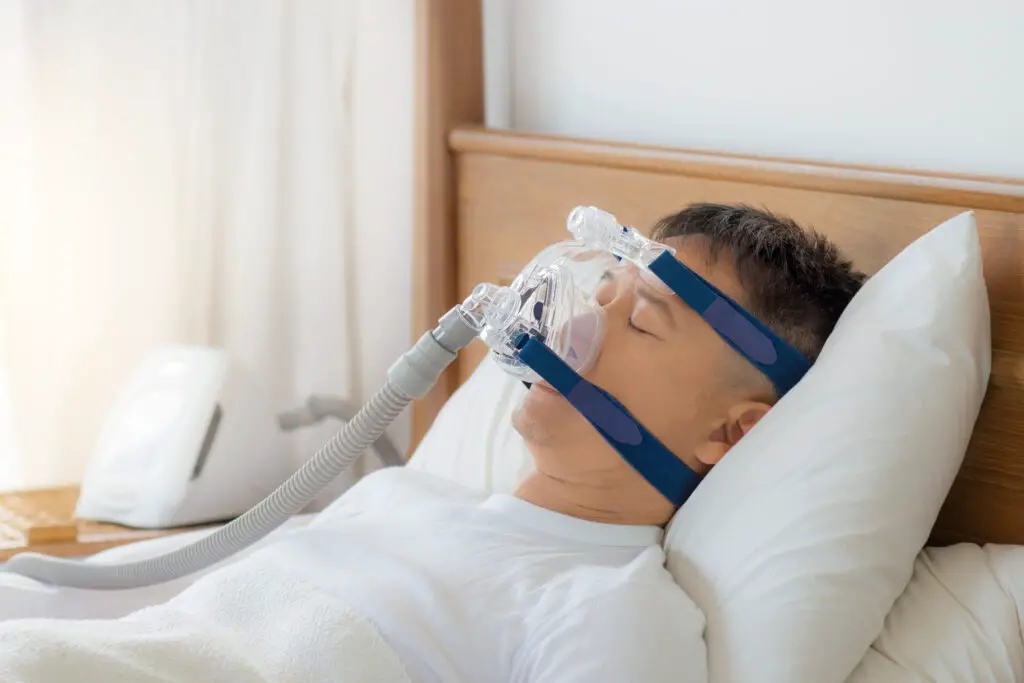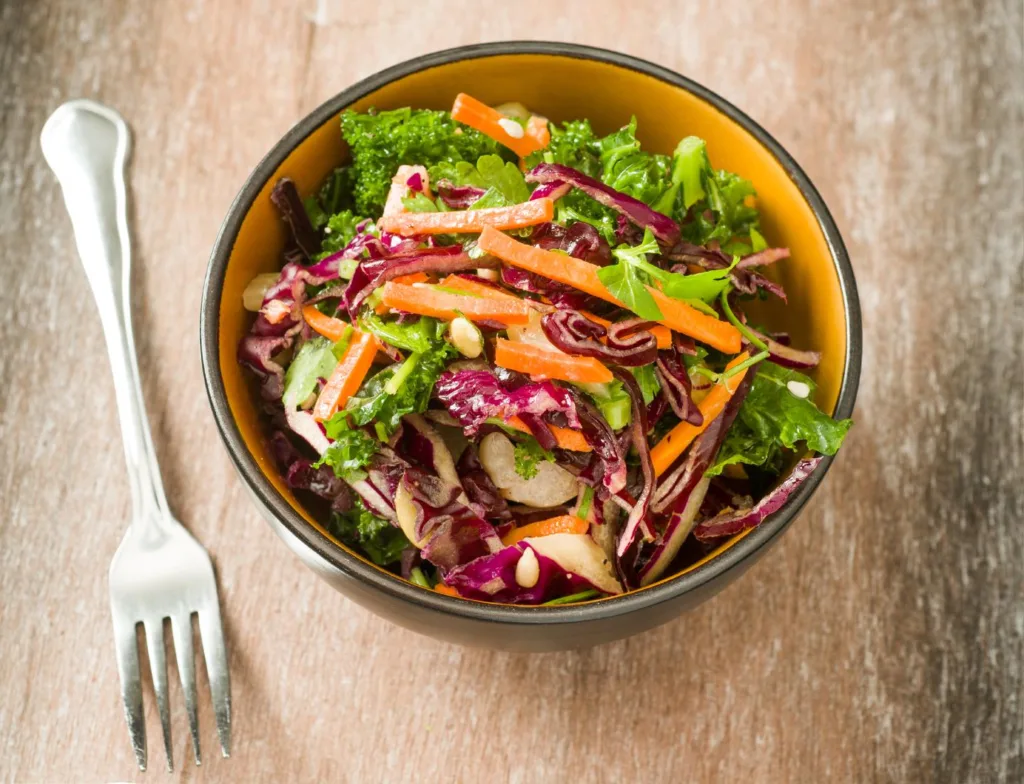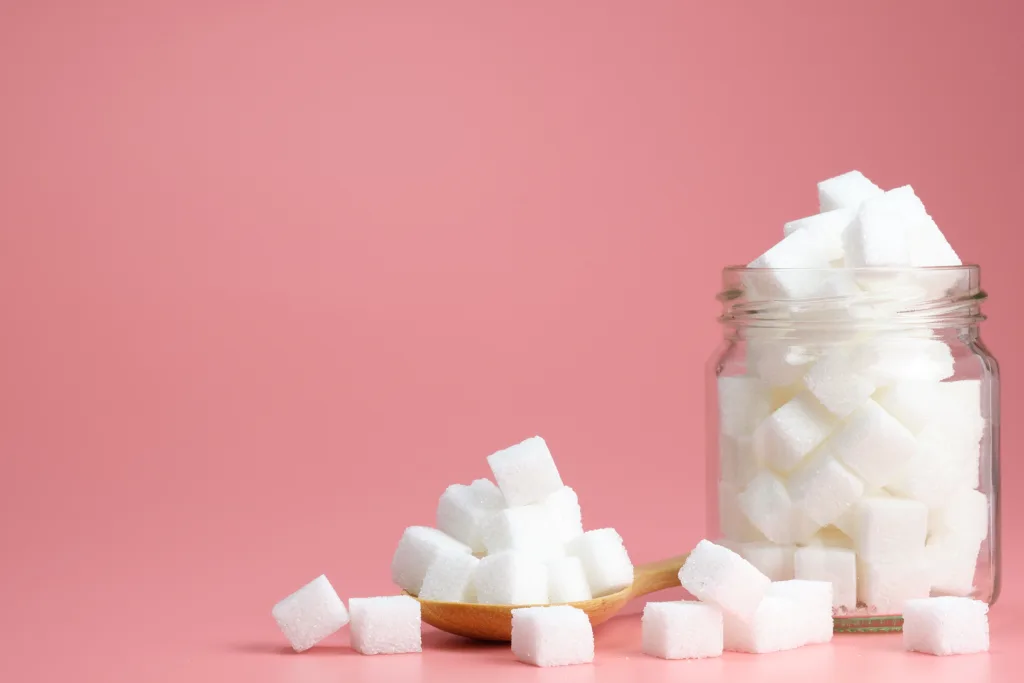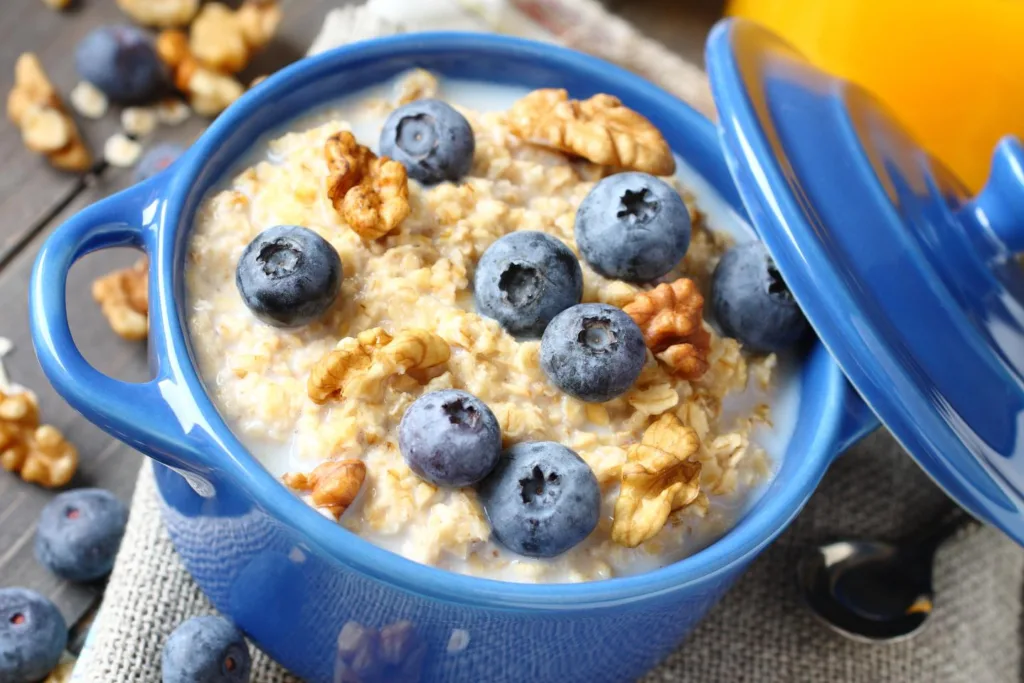Table of Contents
TRANSCRIPT
Microwaved foods can get a bit dramatic. Can microwaving your foods turn them into a mini-explosion? Let’s address more issues with the microwave, an asset found in almost every American home. (1) Despite them being everywhere and considered safe, there are concerns that microwaving might cause food to lose its nutritional value, and even explode. Some people think that there is risk of burns or cataracts if you look through the microwave oven door to check your food. (1) Time to debunk the myths and get the facts straight!
Can microwaves cause injuries?
Can microwaves cause injuries? Let’s first practice some microwave caution! (9 , 20)
When you heat water in the microwave, there’s a risk of it getting too hot, or superheating, and causing burns or scalds. (17 , 22) Some foods like eggs, milk, broth, tomato sauce, sausages, and skin-on chicken or fish can also explode due to trapped pockets of water. (26)
In May 2023, a British mom, Shafia Bashir, tried a TikTok trend of making a poached egg in May 2023. The trend suggested microwaving a raw egg in a mug of boiling water. (3 , 4 , 5 , 6)
When Ms. Bashir took the egg out and touched it with a cold spoon, it “erupted like a fountain”, causing serious burns that peeled her skin. Even after trying to cool her skin under the tap for 20 minutes, she ended up in the emergency room.
Ms. Bashir shared that it was the “most excruciating” pain of her life. The incident left her traumatized, and she vowed never to eat eggs again. Another explosion risk is when you seal your containers too tightly, as this can create pressure.
If the pressure isn’t released properly, it can make the container explode.
Here’s another microwave no-no: metal.
It reflects microwaves, causing sparks, fires, or releasing harmful chemicals. (27) Some may wonder about the metal sheet in the microwave oven door. Actually, it’s safe because it’s carefully designed to not cause harm. (29)
Here are some quick tips for you to avoid any burns or mini-explosion:
– Always use a microwave-safe containers like glass or ceramic bowls.
– When covering a container in the microwave, use lids marked as microwave-safe or go for the classic seal with a nylon membrane.
– You can also place a non-metallic object in the container to prevent superheating. This object could be a chopstick or popsicle stick. (22 , 25)
– Before microwaving, stirring the liquid will help distribute heat evenly.
– After heating, let it sit for a bit to cool down before handling.
Can microwaving cause cataract?
A microwave oven works by emitting microwave radiation. This unique radiation makes water molecules in your food flip back and forth around 2.45 billion times per second. This quick movement generates heat that cooks your meal. (22 , 24 , 28)
Since our bodies are mostly water, we absorb this radiation if directly exposed. (9) Eyes are super sensitive because they have less blood flow to carry away excess heat. Exposure to high levels of microwave radiation can lead to painful burns or cataracts. But it only happens with prolonged or substantial exposure. (9 , 18)
Microwave ovens are designed to keep the radiation inside. (9) When your food is done and you open the door, there are standard interlock systems that stop microwave production.
No leaks, no worries! (9)
Microwaves, like any waves, don’t travel in a straight line. They move like sea waves, with ups and downs.
The distance between two wave peaks is called the “wavelength.”
In a microwave, that wavelength is around 4.7 inches. If a hole is bigger than wavelength, the waves can fully escape through that hole. (18) In a microwave, the glass door has a metal sheet made of steel or aluminum with tiny holes, about 1/25 inches. So, the wavelength of microwaves are 120 times the size of these holes!
That’s why microwaves can’t leak out.
Instead, they are reflected back into the oven because metal reflects microwaves.
In contrast, visible light, with its wavelength ranging from 400–700 nanometers, is a thousand times smaller than those holes. Visible light can get through the metal sheet, so you can see inside. (18) Actually, having small holes doesn’t guarantee zero leakage.
However, the amount that escapes is well below harmful levels for us. (18) Don’t worry about microwaves leaking unless your oven’s door are damaged. (9) The good news is that even if microwaves leak, they lose energy quickly in the air. Within a few meters, there’s very little energy left.
Still, leakage can be risky as the electromagnetic radiation may interfere with electronics, leading to malfunctions or performance issues. (17 , 18) So if your microwave oven has issues, especially with the door, call the manufacturer for help. (9) Also, while we can’t prove that a normal microwave oven causes cataracts, it’s wise to be cautious.
There’s an experiment involving monkeys looking at the microwave ovens.
The study found a threshold of 10mW/cm2 causing eye injuries, including cataracts and more.
The FDA has set guidelines for microwave oven production, including a power density limit of 5 mW/cm2 at 5 cm from the external surface. So if you keep your head 30 cm away, this distance would result in only 1.4% of the energy threshold for prolonged microwave exposure, if your oven is functioning correctly.
Therefore, technically 30 cm is the safe zone, but it’s safer to keep a bit more distance from the microwave. (9 , 17) Microwave ovens usually last around ten years, so if yours hits that mark, think about getting a new one. (17)
Read more: Signs You Have a Broken Heart and Ways To Heal It
Another microwave worry is nutrient loss.
But truth be told, any method of heating always changes the properties, composition, and nutrients content of a food. (1)
The Harvard Medical School reveals that microwaving can even be better than traditional cooking methods in keeping those nutrients intact. (1)
Using the microwave can help keep more vitamins and minerals in your food. It’s quick and doesn’t need extra liquid, so nutrients don’t escape into water or oil easily. (9) Vitamin C is often lost when you boil or fry veggies, but microwaving uses minimal water and keeps most of the vitamin C in your veggies. (1 , 2)
Read more: Can anxiety cause loss of appetite?
Summary
The article examines safety issues associated with microwaves, such as the potential for burns and explosions due to overheating and incorrect food handling. It also discusses concerns about microwave radiation and nutrient depletion, offering information on microwave technology and its benefits in retaining food nutrients.
- Is Microwave Popcorn Bad for You: Does It Cause Cancer?
- Is Burnt Food Bad for You and Does It Cause Cancer?
- Worst Foods for Gut Health: How To Improve Your Gut Health

















Comments
0